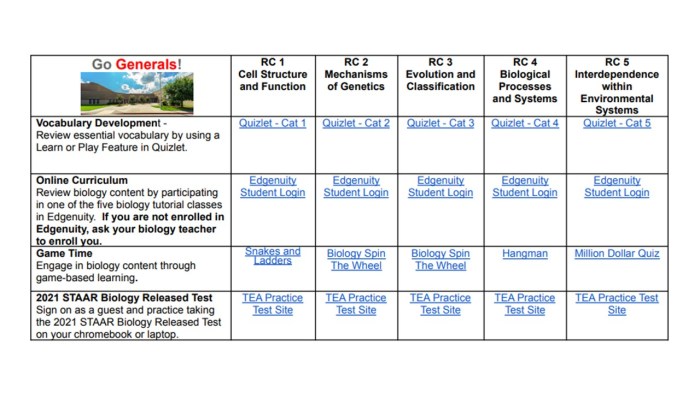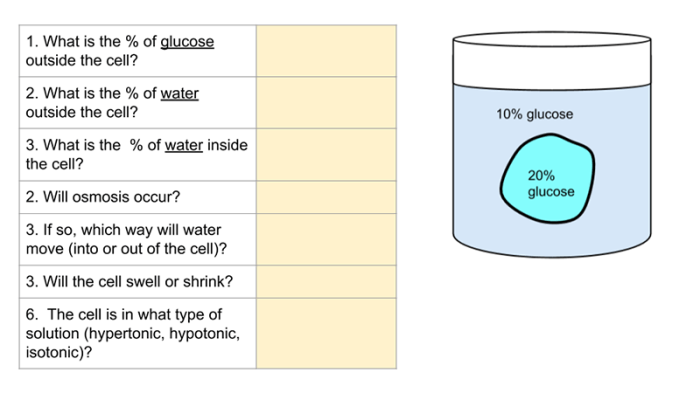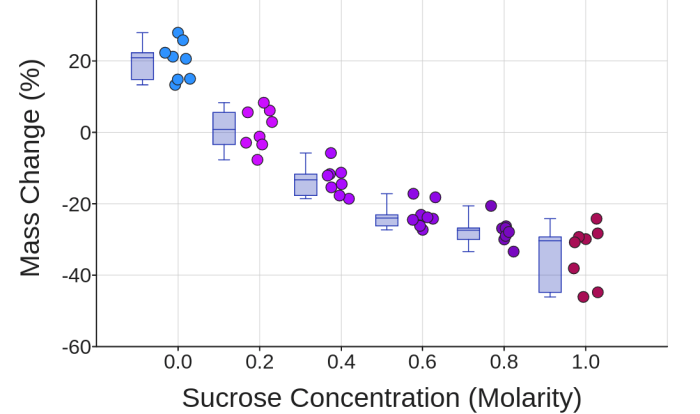Staar reporting category 2 mechanisms of genetics answer key – The Staar Reporting Category 2: Mechanisms of Genetics Answer Key is a comprehensive resource for understanding the fundamental principles of genetics and their applications in various fields. This guide provides a detailed overview of genetic mechanisms, inheritance patterns, genetic variation, and the ethical implications of genetic technologies, offering a comprehensive understanding of the subject matter.
STAAR Reporting Category 2: Mechanisms of Genetics

The STAAR Reporting Category 2: Mechanisms of Genetics encompasses the fundamental principles and concepts that govern the transmission of genetic information from one generation to the next. This category focuses on the mechanisms that underlie genetic inheritance, variation, and the applications of genetic knowledge in various fields.
Genetics Mechanisms, Staar reporting category 2 mechanisms of genetics answer key
Genetics, the study of heredity and variation, centers around the structure and function of genes, the basic units of inheritance. Genes are composed of DNA, a double-stranded molecule that carries the genetic instructions for an organism. The mechanisms of genetics involve the processes of DNA replication, transcription, and translation, which ensure the accurate transmission of genetic information.
Patterns of Inheritance
Mendelian genetics, established by Gregor Mendel, provides the foundation for understanding the patterns of inheritance. Mendel’s laws of segregation and independent assortment describe how genes are passed down from parents to offspring. Dominant and recessive alleles, alternative forms of a gene, determine the phenotypic expression of traits.
Codominance and incomplete dominance are other patterns of inheritance that can result in distinct phenotypes.
| Trait | Genotype | Phenotype |
|---|---|---|
| Seed color | GG | Green |
| Seed color | Gg | Yellow |
| Seed color | gg | Green |
| Flower color | RR | Red |
| Flower color | Rr | Pink |
| Flower color | rr | White |
Genetic Variation
Genetic variation, the presence of differences in genetic material among individuals, arises from mutations, gene flow, and genetic recombination. Mutations are changes in the DNA sequence, while gene flow involves the movement of genes between populations. Genetic recombination, including processes like crossing over and independent assortment, shuffles genetic material during sexual reproduction, increasing genetic diversity.
Applications of Genetics
Genetic knowledge has revolutionized fields such as medicine, agriculture, and biotechnology. Genetic testing allows for early diagnosis and treatment of genetic disorders. In agriculture, genetic engineering techniques enhance crop yields and disease resistance. Biotechnology utilizes genetic information to develop pharmaceuticals, biofuels, and other products.
The ethical implications of genetic technologies must also be considered. Concerns about privacy, discrimination, and the potential misuse of genetic information require careful ethical guidelines and public discourse.
FAQ Section: Staar Reporting Category 2 Mechanisms Of Genetics Answer Key
What is the scope of Staar Reporting Category 2: Mechanisms of Genetics?
The scope of Staar Reporting Category 2: Mechanisms of Genetics encompasses the fundamental principles of genetics, including DNA structure, replication, transcription, and translation, as well as the role of genes and alleles in determining traits.
What are the different patterns of inheritance?
The different patterns of inheritance include dominant, recessive, codominant, and incomplete dominance, each exhibiting unique characteristics in the transmission of traits from parents to offspring.
What are the sources of genetic variation?
Genetic variation arises from various sources, such as mutations, gene flow, and genetic recombination, contributing to the diversity and adaptability of species.





